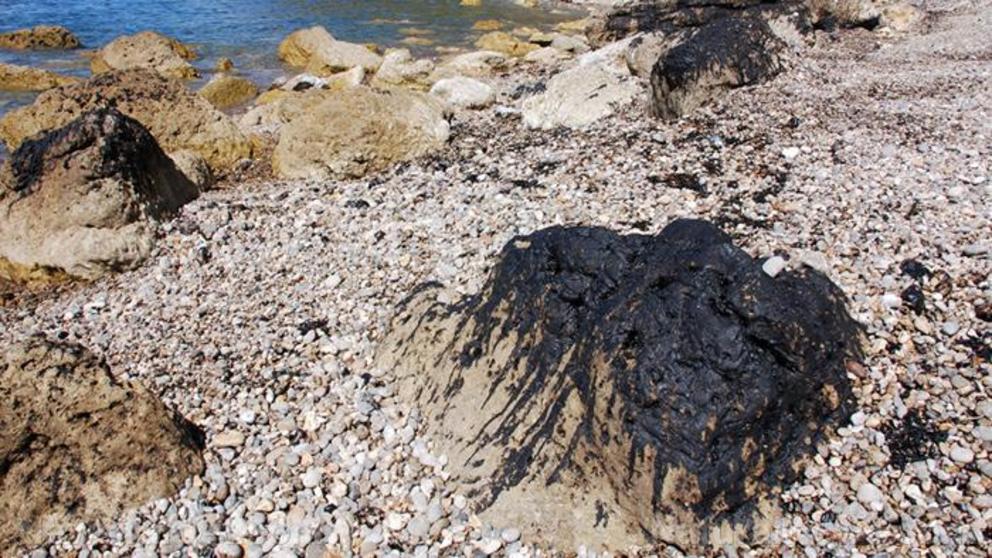Sunlight triggers chemical reactions that make the Deepwater Horizon oil spill unlikely to degrade
Eight years have passed since the Deepwater Horizon disaster of 2010. But oil continues to persist in the waters of the Gulf of Mexico. A study warned that this water pollution is caused by chemical reactions in the oil due to exposure to sunlight, an article on Science News reported.
The disaster was the biggest marine oil spill in U.S. history. More than three million barrels of oil escaped before the leak was sealed.

The day after the disaster started, sunlight began to affect the oil slicks that surrounded the burning oil rig. Over the following days and weeks, the light triggered chemical reactions that added oxygen atoms to the chained-together carbon and hydrogen atoms that made up oil molecules.
The process created oxygenated hydrocarbons that are even sturdier than normal oil molecules. The study said the altered hydrocarbons persist in the waters of the Gulf eight years after the event, more or less unchanged and still very much a threat to marine life.
The study was conducted by researchers from the Woods Hole Oceanographic Institution (WHOI). They published their report in the science journal Environmental Science and Technology. (Related: Learning from nature: Scientists create new material inspired by leaves to separate oil from water for cleaning up oil spills.)
Oxygenated hydrocarbons last even longer than oil molecules
Following the oil spill, WHOI researcher Christopher Reddy and his colleagues collected samples of the oil molecules in the Gulf. They were studying how the leaked hydrocarbons broke down over time.
To their surprise, oxygenated hydrocarbons made up more than half of the oil byproducts in their samples. These byproducts were more or less a mystery because they had not been spotted during the aftermath of earlier oil spills.
Since 2012, Reddy’s team gathered evidence that shows the oxygenated hydrocarbons are not merely a significant byproduct of the Deepwater Horizon oil spill. The altered oil molecules are also very long-lived marks of the disaster.
Over those years, the WHOI researchers collected additional hydrocarbon samples from the Gulf of Mexico’s waters. They also took samples from the beaches in the affected area.
They reported that every single one of the sand samples showed the same ratio of oxygenated hydrocarbons over an eight-year period. The results suggested that the oil molecules did not degrade despite the passage of time.
Sunlight can make oil spills last even longer
Reddy’s team also uncovered a small group of oxygenated hydrocarbons that broke down faster in water. What they haven’t figured out yet is the toxicity of these modified oil molecules.
The oil residue is not made up of just a single compound that could be acquired and analyzed in a controlled experiment. It is a veritable cocktail of different molecules, the composition of which changes depending on the location.
Reddy also didn’t know the oxygenated hydrocarbons’ effects on wildlife. On one hand, the oil byproducts were persistent, so they continued to coat the feathers of seabirds and the fur of otters.
On the other hand, the molecules also resisted dissolving in water. So the researchers do not know if aquatic organisms are absorbing dangerous levels of the oil pollution.
Zhanfei Liu, an organic geochemist at the University of Texas at Austin, believed that the effect of sunlight on oil molecules could vary. In the case of Deepwater Horizon, the hydrocarbon molecules were smaller than usual. The oil therefore spread out more widely, increasing its exposure to the rays of the sun.
Furthermore, the sunlight in the Gulf of Mexico is brighter and more direct than normal. The combination could have caused a greater chemical reaction in the oil spill.
For other articles on the harmful effects of oil and fracking, visit Fracking.news.
For full references please use source link below.

